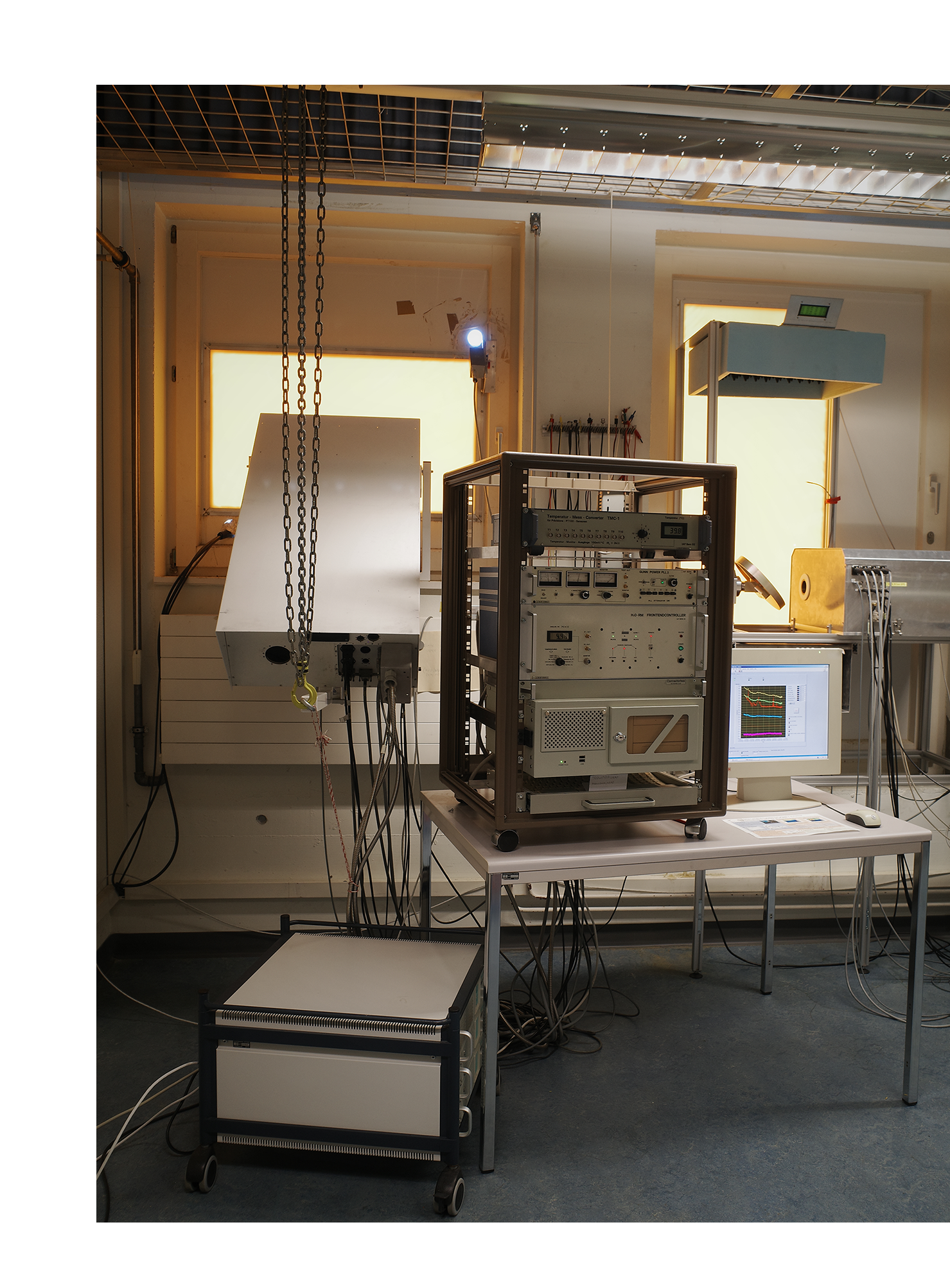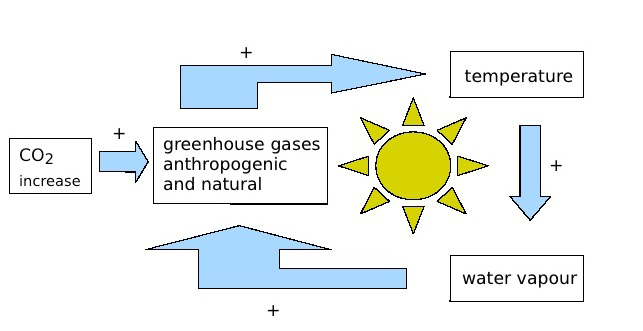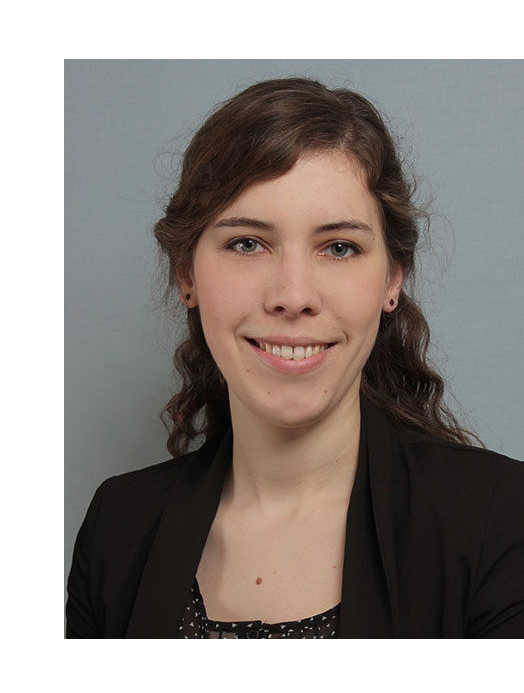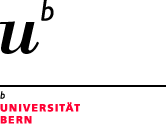
Training 1: Is there a trend in the time series of water vapour column density at Bern?

What is Integrated Water Vapour?
Water vapour column density is often called Integrated Water Vapour (IWV). IWV is the vertical integral of the water vapour density (from the surface to the top of the atmosphere).
The unit of IWV is 1 kg/m2 or in meteorology we often take the unit 1 mm which exactly corresponds to 1 kg/m2.
If you fill 1 liter water (=1 kg) into an aquarium cube (1 m3), then the height of the water level will be 1mm. At Bern, we have about 8 to 25 kg of water molecules per square meter in the atmosphere above us.
We measure IWV since November 1994 using the two channel microwave radiometer TROWARA (Tropospheric Water Radiometer) in Bern. TROWARA measures the microwave radiance (or intensity) at two frequencies (21 and 31 GHz). The observed microwave radiances depend on the season: There are more water molecules in the summer atmosphere than in the winter atmosphere. Since the water molecules emit microwaves, the microwave radiance is larger in summer than in winter. In addition, the microwave radiance increases with temperature. IWV can be retrieved from the observed radiances.
Why is atmospheric water vapour important?
Water vapour is the strongest natural greenhouse gas. Without water vapour the oceans would freeze. Further, water vapour is needed for the formation of cloud and rain droplets. Water vapour carries latent heat which is released when water vapour condenses. Thus, water vapour is important for the dynamics, energetics and radiative balance of the Earth's atmosphere and for the atmospheric water cycle.
How will global warming affect water vapour?

Figure: A scheme of the feedback of water vapour to an increase in temperature. Temperature and water vapour will increase until the atmosphere has reached a new equilibrium between evaporation of water and condensation of water vapour.
Tip: Programming can be very nasty and time consuming. If you have problems with a special task, then please feel free to look in the "master solutions" which we also provide (iwv_trend_...py programs).
Task 1a "Python and linear regression"
In the terminal (Windows computer: 'Win+R' and input 'cmd') of your computer, you can check at first if you have Python (command: python3.9 --version).
If your computer has no Python, then you can easily install it here.
Download a zip file (Please click here to download p1.zip) with all programs and data files for Training 1
Copy it to your work directory and uncompress it.
Double click on p1a.py than the Python Editor IDLE will open.
Press on "Run module". Possibly, you will have error messages since some software packages (libraries for the Python programming language) are missing. That's normal.
You can install the packages in a few seconds in your terminal window. e.g.,
pip3 install matplotlibYou can get a description of the subroutine linregress by google search (e.g., "python scipy linregress"). Please have a look at it.
Some basics of Python are described here.
Linear regression is also called "Method of least squares". Who invented this method?
Task 1b "Plot the time series of monthly means of IWV and compute yearly means of IWV"
Run the program p1b.py
Add some program lines and try to plot the time series of monthly means of IWV
Try to plot the time series of yearly means of IWVTask 1c "Trend analysis of the time series of yearly means of IWV"

Run the program p1c.py
- Add some program lines for linear regression of the annual means.
- Compute the trend and its uncertainity in mm/decade and make a plot
Compare your trend value with those of Leonie Bernet: Trends of atmospheric water vapour in Switzerland from ground-based radiometry, FTIR and GNSS data.
Infos about Leonie Bernet: She studied Geography in Fribourg. For her master and PhD thesis (in climate science) she changed to the Institute of Applied Physics of University of Bern. She got the price for the best PhD thesis in the physics faculty of the University of Bern in 2020. Now, she is for a 18 month-research stay at the air research institute NILU in Oslo.
Bonus Task 1d (if you are still busy)
- Is the IWV trend significant?
- Please compute the relative trend in % per decade (with reference to the mean value of the whole IWV series)
- Is water vapour visible or invisible?
- Please have a look at the iwv_trend_...py programs.
Thank you for testing this training module! Did you enjoy? Have you ideas for improvements? You can reach us by email:
Contact last update: March 2023
